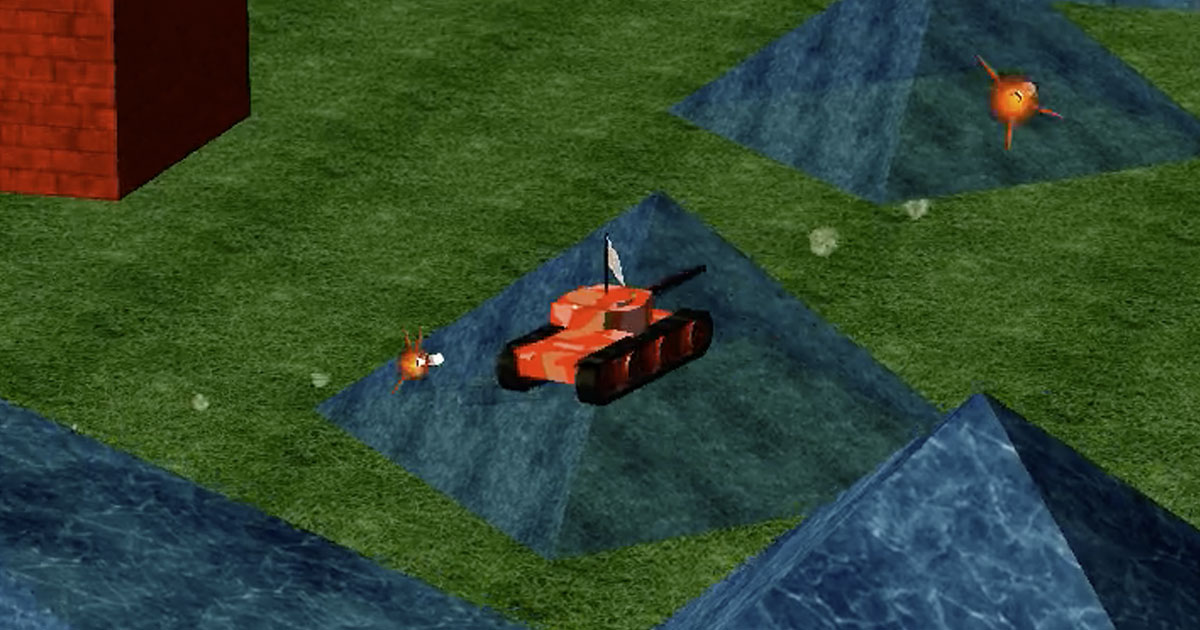
They expressed pride in their creations and saw ways to refine their designs in order to improve usability. During the arcade, the youths’ perspectives on their games and controllers changed as they observed other people playing their games.

These findings might point toward different expectations and informal experiences that need to be taken into consideration when bringing tangible design activities into educational settings. An unexpected finding was how these different approaches followed traditional gender lines, with girls more focused on esthetics and boys more focused on functionality. We address the following research questions: (1) What types of tangible interfaces do youth create for their games? (2) How do youth designers deal with the complexities of coordinating the design of tangible interfaces with online Scratch games? (3) What do young users have to say about their tangible interface designs? We found that youth designers mostly replicated common controller designs but varied in their attention to either functionality or esthetics. We conducted two workshops in which students used the MaKey MaKey, a low-cost tangible interface construction kit, to build touch-sensitive game controllers using everyday conductive materials for games they remixed in Scratch. In this chapter, we discuss how middle school youth (ages 10–12 years) designed and built their own tangible game interfaces to set up a game arcade.

Most tools for making games have focused on-screen-based design and ignored the potentially rich space of tangible interface design.


 0 kommentar(er)
0 kommentar(er)
